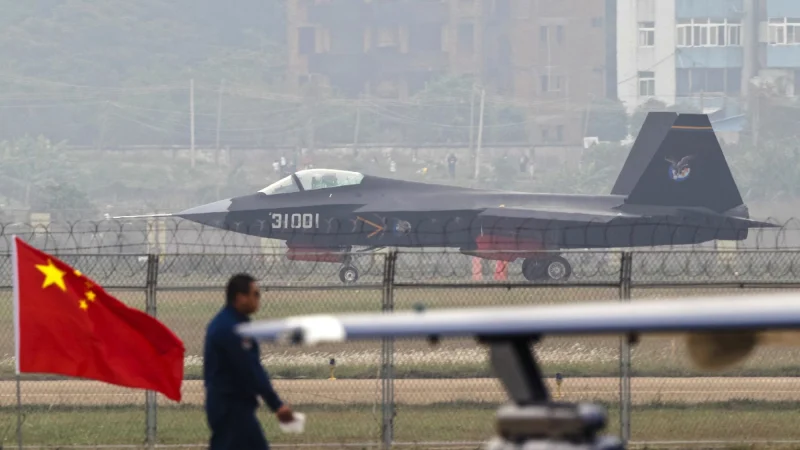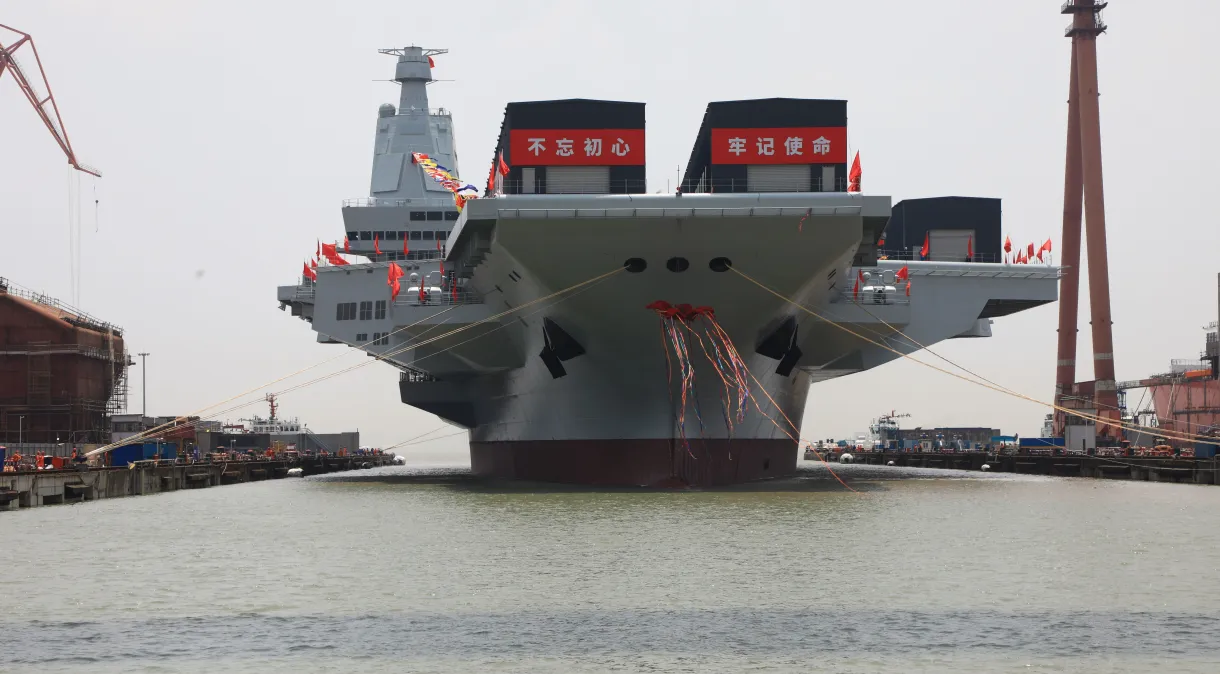Publishing images of military ships or aircraft captured outside People’s Liberation Army (PLA) facilities has become commonplace in recent years
(CNN) In a WeChat post on Saturday titled, “This is a legal hobby, but you should be very careful,” the Ministry of State Security said, “Some individual military enthusiasts seriously endanger national military security by illegally obtaining national defense information and posting it on the Internet.”
“Focusing on military airports, ports, national defense and military industrial sites, they drove or took ferries or planes passing through designated routes and clandestinely photographed with lenses or drones,” said the agency’s top-secret civilian spy publication.
Repeat offenders can be jailed for up to seven years, although “first-time or occasional offenders” may only receive a warning, according to the agency, which oversees intelligence and counterintelligence both in China and abroad.
The warning comes at a time when Chinese leaders are increasingly focusing on ensuring national security in a number of sectors, especially as tensions with the United States increase.
For example, the agency only launched its social media account earlier this year – dedicated to warning citizens about the risks of exposing China’s secrets to the outside world and calling on them to join its fight against espionage.

The case of the carrier
According to the spy agency’s publication on Saturday (23), the images posted online can show the construction progress of warships or aircraft, while also revealing operational and technical details of Chinese military equipment. The post specifically mentioned aircraft carriers as an area where security could be compromised.
China’s newest aircraft carrier, the Fujian, has been a frequent target of amateur observers as it was installed in a Shanghai shipyard. The Jiangnan shipyard, where the work is being carried out, is close to the flight paths of Shanghai’s Pudong International Airport.
In November, the Paris-based defense news site Naval News reported that Fujian had begun testing its advanced electromagnetic catapult system, based on videos posted on Weibo, apparently taken from a passenger plane at Pudong.
“Related images taken from passenger planes have become a common source for tracking the progress of several important (PLA Navy) programs,” reported Naval News.
The Fujian is certainly a landmark program for the PLA Navy. The 80,000-ton warship, the largest military vessel ever made in China, is said to rival the US Navy’s newest Gerald R. Ford class aircraft carriers, one of the few other aircraft carriers to use electromagnetic catapults to launch aircraft.
The photos of the alleged catapult test have given Western analysts an idea of how the PLA Navy is progressing in preparing the aircraft carrier for commissioning and active service.
And these images are not the first from Fujian to appear online.
In April this year, state broadcaster CCTV reported that in November 2021, Mr. Luo, a “fairly renowned” military enthusiast, was sentenced to a year in prison after his arrest by Shanghai’s national security department for photographing Fujian’s aircraft carrier.
Luo used a drone capable of shooting long-range, high-resolution photos, the report said.

How the US deals with images
It’s not just China that is wary of what amateur military observers can do to reveal classified information.
US law says that the president can designate certain military installations and equipment as forbidden to image makers.
“It shall be unlawful to make any photograph, sketch, image, drawing, map, or graphic representation of such facilities, or vital military and naval equipment,” unless proper permission is obtained in advance, the US Code states. Offenders can face up to a year in prison.
Of course, the military can sometimes use open source intelligence to its advantage, said Carl Schuster, former director of operations for the US Pacific Command’s Joint Intelligence Center.
After photos of an alleged mock-up of China’s next-generation stealth fighter appeared online in September, Schuster told CNN that “given the location of the aircraft carrier and the likelihood of deck operations being photographed or filmed, the PLA [Navy] may see value in inciting speculation about Fujian’s future air wing,” just to give adversaries something to think about.
*** Translated by DRFCONPress FYI Team ***
